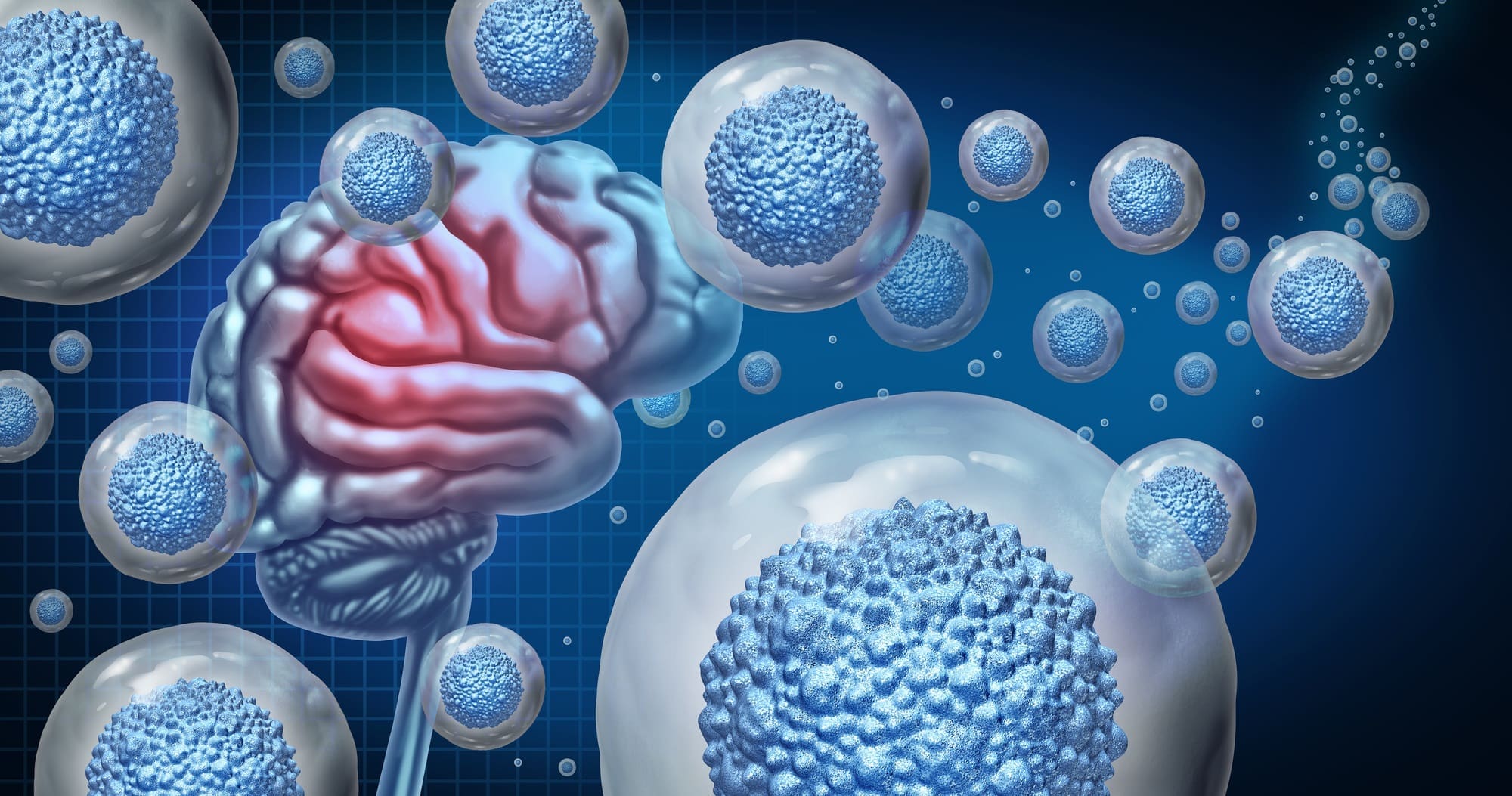Sacramento deputies and community volunteers are searching for 14-year-old Adriana Cervantes. She is autistic and went missing near Arden Way and Bell Street on December 19. Adriana left school around 1 30 p.m. Her family is worried. Adriana is about 5 feet 5 inches tall, weighs roughly 230 pounds, has hazel eyes, and black hair.
One puzzle that has proven to be particularly perplexing in the realm of neurodevelopmental disorders is the marked variability in autism manifestations among children. In short, the severity & symptomatology diverge so greatly among those diagnosed with autism & this has puzzled scientists for a long.
Recently, however, researchers at the University of California San Diego have illuminated a crucial piece of this complex puzzle.
The study reveals that the divergence in ASD presentations can be traced back to disparities in the brain’s biological development during the initial stages of embryonic growth.
The Research Procedure
The research, led by Eric Courchesne, employed a method that utilized induced pluripotent stem cells (iPSCs) to generate brain cortical organoids (BCOs). In simple terms, they took stem cells derived from the blood of children & used these to create miniature models of the brain’s cortex known as “mini-brains.”
By observing these mini-brains, the research team could gain insights into the molecular-level differences in brain development between children with ASD & neurotypical children. The goal was to observe the early stages of brain growth, but through the use of these mini-brains, the team noticed an interesting pattern.
Research findings
Researchers found that children with the most severe form of ASD, classified as profound autism, had the largest brain organoids. In other words the size of the mini-brains appeared to be directly related to autism severity. Children with milder autism symptoms had only slightly larger brain organoids.
To further confirm these observations, the study used additional tests & analyses. This involved a direct MRI scan on the brain imaging of a subset of children with autism. MRI provided researchers with detailed images of brain structures, particularly those areas involved in social skills & language functions.
Comparing these images with those of neurotypical children, the researchers gained valuable insights into the specific neuroanatomical differences associated with varying degrees of autism severity. MRI report revealed notable disparities in regions of the brain responsible for sensory processing, social skills, & language.
These areas were considerably more developed in children with severe autism than in neurotypical children. Although this study’s findings indicate significant brain development differences, lead researcher Dr. Eric Courchesne emphasizes that interpreting these results requires caution due to the study’s constraints.
The small sample size limits the generalizability of the outcomes, necessitating further investigation with larger cohorts to validate these preliminary observations. Also, the precise biological pathways, including the role of NDEL1, remain elusive & warrant comprehensive exploration to grasp their impact on brain development in ASD fully.
Autism Treatment & Support in Sacramento, CA
At SAT, we provide quality Applied Behavior Analysis (ABA) therapy. Our programs are designed to support children & families by focusing on improving social skills, communication, & adaptive behaviors.
By leveraging evidence-based practices, we aim to make a positive difference in the lives of children with autism, helping them achieve their full potential.

